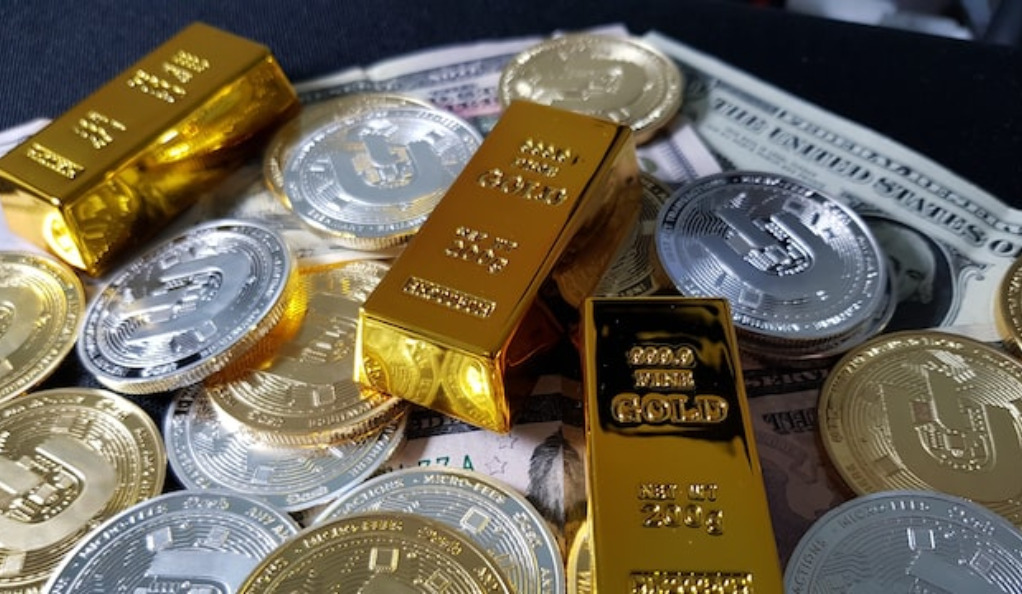As retirement approaches, it becomes crucial to safeguard your portfolio against the erosive effects of inflation. One proven strategy for hedging against inflation is to invest in precious metals. These assets have historically shown resilience during times of economic uncertainty, making them an attractive option for retirees looking to protect their wealth. In this article, we will explore the importance of precious metals as an inflation hedge in retirement and unveil the potential of different precious metals for safeguarding your retirement portfolio.

The Importance of Precious Metals as an Inflation Hedge in Retirement
Inflation can erode the purchasing power of your retirement savings over time, making it essential to seek investments that can maintain or even increase in value during inflationary periods. Precious metals, such as gold, silver, platinum, and palladium, have long been considered a reliable hedge against inflation. These metals have a limited supply and strong demand, which helps to preserve their value, especially during economic downturns.
During times of inflation, central banks often resort to expanding the money supply, causing the value of fiat currencies to decrease. This is where precious metals shine. They are not tied to any particular currency and can act as a store of value. Their scarcity and long history of being considered valuable make them a safe haven for investors seeking protection against inflation. By allocating a portion of your retirement portfolio to precious metals, you can potentially shield yourself from the negative impact of rising prices on your purchasing power.
Unveiling the Potential of Different Precious Metals for Safeguarding your Retirement Portfolio
When considering precious metals for inflation hedging in retirement, it is important to understand the unique characteristics and potential of each metal. Gold, often referred to as the “ultimate store of value,” has been trusted by investors for centuries. Its limited supply, global recognition, and historical track record make it a sought-after asset during times of inflation.
Silver, on the other hand, not only acts as an inflation hedge but also has significant industrial demand. Its dual role as both a store of value and an industrial metal can provide additional diversification benefits to your retirement portfolio. Platinum and palladium, although lesser-known than gold and silver, have their own unique properties that make them attractive for investors. Platinum is often used in the automotive industry and jewelry, while palladium is primarily in demand for catalytic converters in vehicles.
Diversifying your retirement portfolio by including different precious metals can help mitigate risk and increase the potential for long-term growth. Each metal carries its own advantages and disadvantages, so it is recommended to seek professional advice and carefully evaluate your investment objectives before making any decisions.
In summary, precious metals have proven to be an effective inflation hedge in retirement. Their limited supply, historical value, and independence from fiat currencies make them a reliable store of wealth during times of economic uncertainty. While gold has always been a popular choice, it is crucial to consider the potential of other precious metals such as silver, platinum, and palladium for diversification purposes. Safeguarding your retirement portfolio with precious metals can provide the peace of mind and financial stability you need to enjoy your golden years.
ChesWorkShop commits to presenting fair and reliable information on subjects including cryptocurrency, finance, trading, and stocks. However, we do not have the capacity to offer financial guidance, advocating instead for users to conduct their own diligent research.
